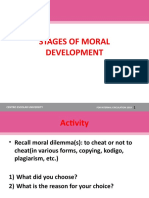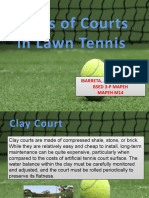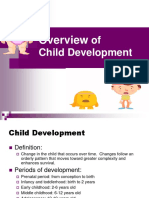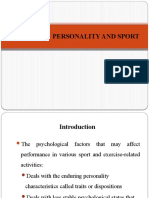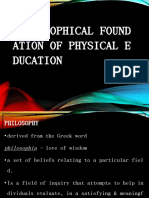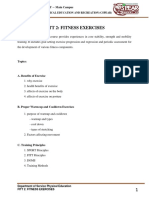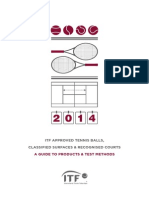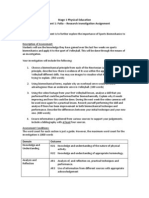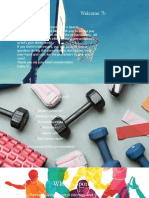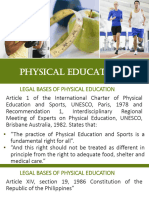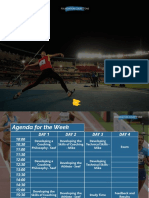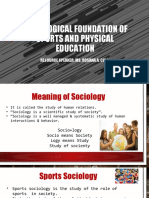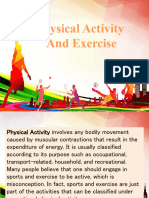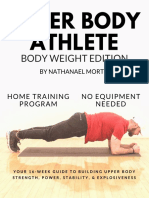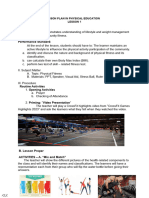100% found this document useful (1 vote)
94 views30 pagesPhysical Activity Towards Health and Fitness
The document outlines the objectives and benefits of physical education, emphasizing its role in physical, emotional, social, and mental development. It distinguishes between physical activity and exercise, highlighting their importance for health and fitness, while also explaining the difference between fitness and health. Additionally, it details components of health-related and skill-related fitness, as well as characteristics of different body types.
Uploaded by
Migo SantiagoCopyright
© © All Rights Reserved
We take content rights seriously. If you suspect this is your content, claim it here.
Available Formats
Download as PPTX, PDF, TXT or read online on Scribd
100% found this document useful (1 vote)
94 views30 pagesPhysical Activity Towards Health and Fitness
The document outlines the objectives and benefits of physical education, emphasizing its role in physical, emotional, social, and mental development. It distinguishes between physical activity and exercise, highlighting their importance for health and fitness, while also explaining the difference between fitness and health. Additionally, it details components of health-related and skill-related fitness, as well as characteristics of different body types.
Uploaded by
Migo SantiagoCopyright
© © All Rights Reserved
We take content rights seriously. If you suspect this is your content, claim it here.
Available Formats
Download as PPTX, PDF, TXT or read online on Scribd
/ 30


